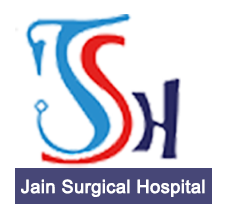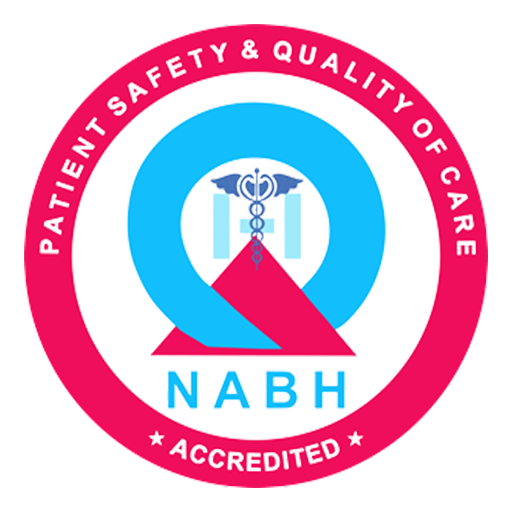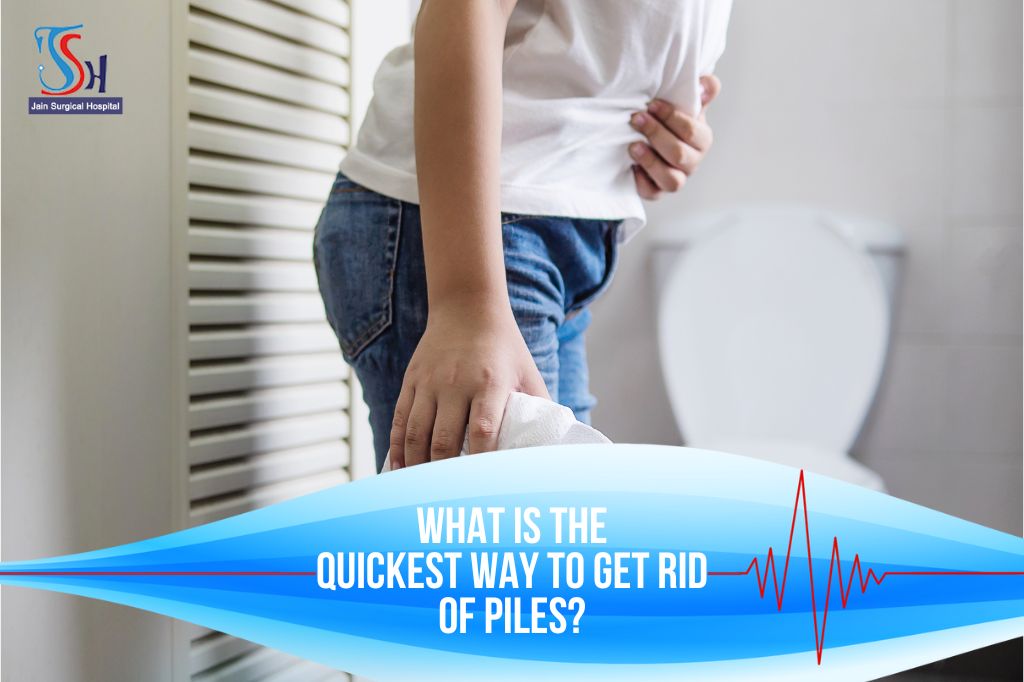Hemorrhoids—large rectum and anus veins—hurt, bleed, and itch. Chronic constipation, pregnancy, lifting heavy objects, and straining during bowel movements can cause this condition, which affects millions worldwide. Effective pile management reduces symptoms and shame quickly. This guide covers lifestyle changes, medical treatments, and fast home remedies.
Home Remedies
Here are some helpful home remedies –
- Cold Compresses – Ice or cold packs may reduce pain and swelling quickly. Numerous times daily, especially after bathroom breaks.
- Warm Baths – Ten to fifteen minutes in a warm bath reduces pain and edema. Epsom salts may increase the procedure’s soothing benefits.
- Witch Hazel – Witch hazel reduces inflammation. Thus, it may be applied directly on piles to ease pain and swelling. Apply it daily with a cotton ball.
- Aloe Vera reduces pile-related pain and inflammation, according to research. Hemorrhoids hurt less with pure aloe vera gel.
Lifestyle Changes
If you adjust your lifestyle, a load may disappear easily –
- Changing your diet: Fiber-rich fruits, vegetables, whole grains, and legumes soften and help pass stools, reducing hemorrhoids. Also, drink plenty of water.
- Exercise regularly: Walking 30 minutes daily may help avoid constipation and lower vein pressure, which may worsen piles.
- Avoid straining: Straining during bowel movements puts pressure on anus veins, worsening piles. Raise your feet on a step stool to ease pain.
- Personal hygiene: The anus area should be dried and cleaned. After using the toilet, use unscented wipes or rinse objects with water to avoid irritation.
Medical Treatments
Piles and other home cures, lifestyle changes, and medical treatments may be eradicated quickly. These treatments are advised for severe cases or when over-the-counter medications fail.
- OTC drugs: Hydrocortisone, lidocaine, witch hazel lotions, ointments, suppositories, and pads may temporarily relieve piles of pain, itching, and stiffness. These medications are widely available, and the manufacturer recommends taking them as directed.
- Stronger medications: Doctors may give prescription painkillers or corticosteroids to treat severe piles symptoms. These treat severe pain and inflammation that OTC drugs cannot.
- Sclerotherapy: Minimally invasive hemorrhoids. A doctor immediately injects a chemical solution into the hemorrhoid. It fades and disappears. Sclerotherapy in the doctor’s office may take several sessions.
- Rubber Band Ligation: Rubber-band ligation treats large internal hemorrhoids. At the hemorrhoid’s base, doctors or nurses stop blood flow with rubber bands. Hemorrhoids usually fade within days. Doctors frequently ligate rubber bands. There may be pain or bleeding.
- Infrared Coagulation: IRC treats internal hemorrhoids without surgery. The hemorrhoid shrinks and disappears when it clogs heat-supplying blood vessels. The hemorrhoid is illuminated with infrared light using a special device. This causes scarring. For best results, infrared coagulation may require multiple doctor visits.
- Hemorrhoidectomy: When various therapies fail to remove big or painful hemorrhoids, “hemorrhoidectomy” surgery is undertaken. A doctor or nurse removes The bulging vascular tissue through hemorrhoid incisions. Hospitals and surgical facilities conduct hemorrhoidectomy under general anesthesia. You may need time to recuperate.
Although medical piles remedies may be beneficial, you should see your doctor to establish the best course of action according on your symptoms and health. Following after-treatment care instructions and modifying your lifestyle may also avoid piles.
Preventing Recurrence
After treating piles, gut health is crucial to preventing recurrence. Here are some ways to avoid heaps:
- Fruits, vegetables, grains, and legumes prevent constipation by softening stool.
- Daily water intake prevents dehydration and constipation.
- Walking, swimming, and biking relieve constipation.
- Keeping bathrooms clean: Slow down and let your stools flow to prevent working when you go to the toilet. Raising your feet on a step stool makes using the bathroom more comfortable.
- Avoid prolonged sitting. Take breaks from sitting at work to stretch, get up, and walk about to improve circulation and ease rectal vein tension.
- Avoid strong or fragrant products that may irritate your anus. Instead, clean and dry the area. After using the toilet, cleanse the area with unscented wipes or water.
- Manage underlying conditions: Address diabetes, obesity, and persistent constipation with your doctor to lower your pile’s risk.
These preventive steps and a healthy lifestyle may lower your risk of piles and improve your colon health. If you’re worried or have recurring symptoms, visit a doctor or nurse.
Conclusion
Hemorrhoids and piles are unpleasant, but ways exist to control and eradicate them. Witch hazel, aloe vera, cold packs, and warm baths work quickly to ease symptoms. Increasing fiber intake, exercising, reducing stress, and maintaining cleanliness may prevent piles from recurring. Sclerotherapy, rubber band closure, thermal coagulation, prescription or over-the-counter medicines, or a hemorrhoidectomy may be needed for severe symptoms. Fixing piles and avoiding their return may enhance digestive health and enjoyment.
Piles of clutter can quickly accumulate and feel overwhelming. The 60-minute pile method provides a fast and focused way to sort through the pile, keep important items, donate or trash the rest. Set a timer to keep yourself accountable. Take back control of your space in just one hour.
DeclutTer Fast with the 60-Minute Pile Method





